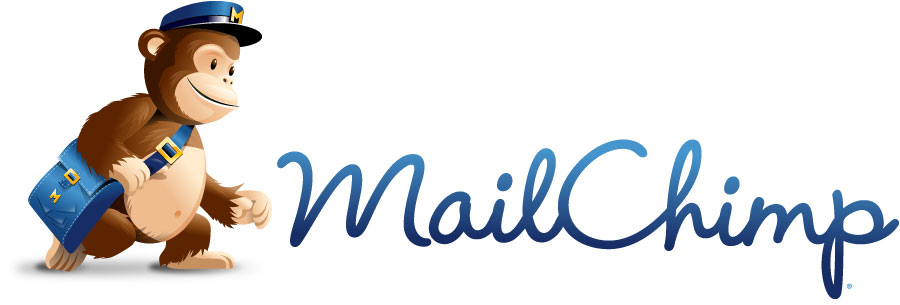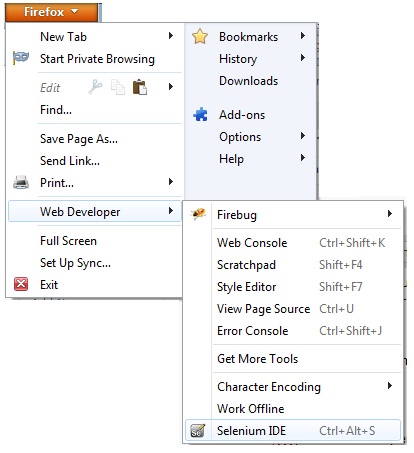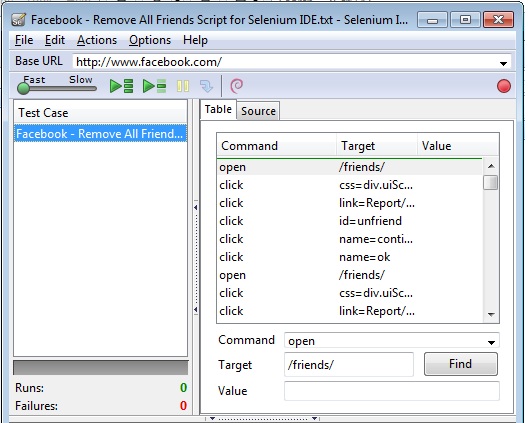
I wanted to use a basic email field and send the information to a mailchimp form. I could not find the solution anywhere, so I decided to see if I could hack a solution.
When you go to MailChimp > For Your Website > Signup Form Link Code
You will get something like: http://eepurl.com/XXXX, which will take you to something like:
http://toolstoday.us2.list-manage.com/subscribe?u=XXXXXXXXXXX&id=XXXXXXXXXXX |
http://toolstoday.us2.list-manage.com/subscribe?u=XXXXXXXXXXX&id=XXXXXXXXXXX
If you look at the source on this page, you will see that the form elements are called: MERGE0, MERGE1…
On my form, the email field is MERGE0, so on my website, I was able to create a javascript link that will automatically fill in email by using this link:
http://XXXXXXXXXXX.us2.list-manage.com/subscribe?u=XXXXXXXXXXX&id=XXXXXXXXXXX&[email protected] |
http://XXXXXXXXXXX.us2.list-manage.com/subscribe?u=XXXXXXXXXXX&id=XXXXXXXXXXX&[email protected]
You can fill in more than one field by adding more merge fields in the url:
http://XXXXXXXXXXX.us2.list-manage.com/subscribe?u=XXXXXXXXXXX&id=XXXXXXXXXXX&[email protected];MERGE1=Daniel Folkes |
http://XXXXXXXXXXX.us2.list-manage.com/subscribe?u=XXXXXXXXXXX&id=XXXXXXXXXXX&[email protected];MERGE1=Daniel Folkes
Then, you can use this jquery to auto open a new window on enter key press:
$("#ea").keypress(function (e) {
if (e.which == 13) {
e.preventDefault();
//dan@dans
var url = "//XXXXXXXXXXX.us2.list-manage.com/subscribe?u=XXXXXXXXXXX&id=XXXXXXXXXXX";
url += "&MERGE0=" + $("#ea").val(); // ea is my email input text box.
window.open(url, "mywindow", "status=1,toolbar=1,resizable=1,width=1000,height=600");
}
}); |
$("#ea").keypress(function (e) {
if (e.which == 13) {
e.preventDefault();
//dan@dans
var url = "//XXXXXXXXXXX.us2.list-manage.com/subscribe?u=XXXXXXXXXXX&id=XXXXXXXXXXX";
url += "&MERGE0=" + $("#ea").val(); // ea is my email input text box.
window.open(url, "mywindow", "status=1,toolbar=1,resizable=1,width=1000,height=600");
}
});




